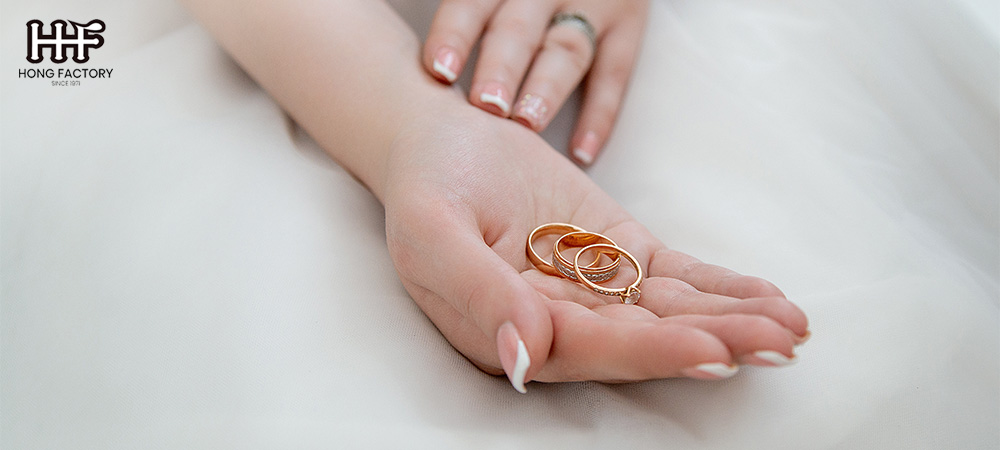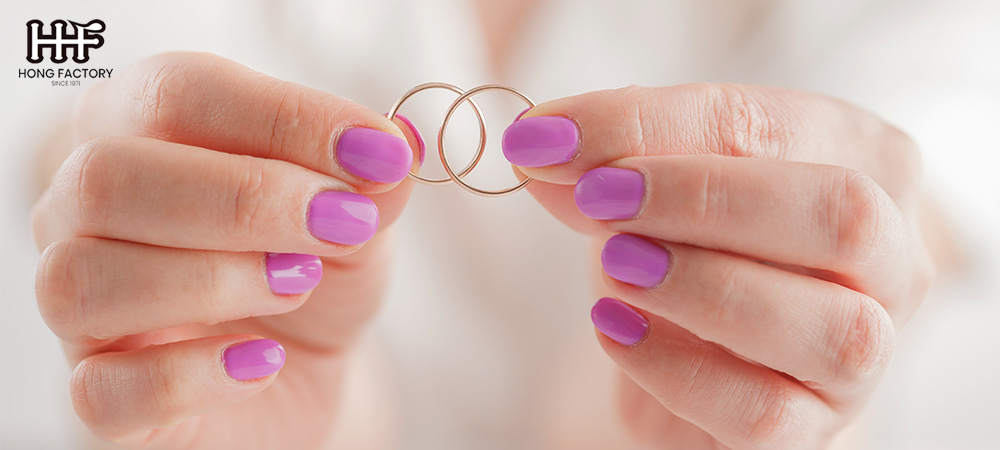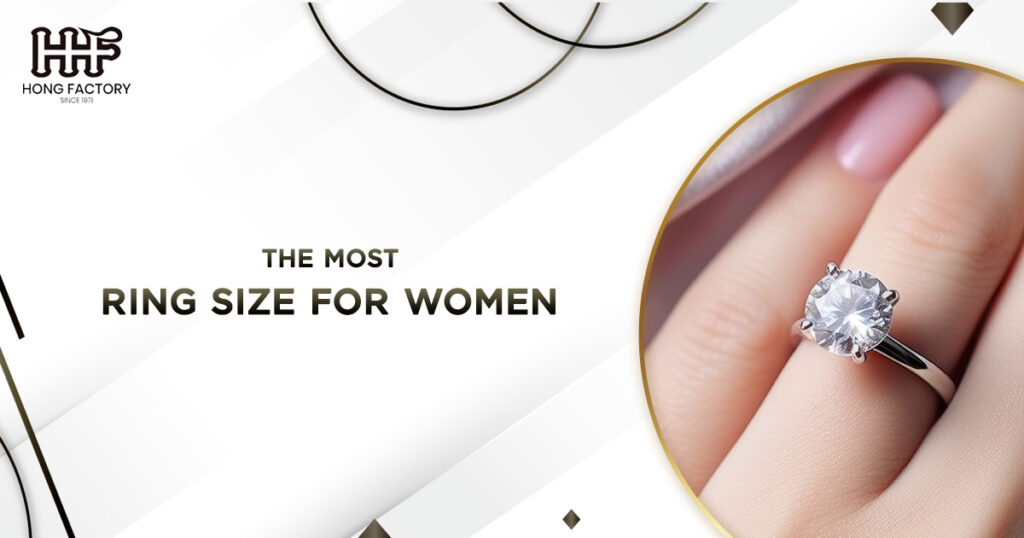Most common ring size for women Finding the perfect ring size is crucial for ensuring comfort and style, especially when it comes to women’s jewelry. Whether you’re shopping for an engagement ring, a special gift, or treating yourself to a new piece, understanding the most common ring sizes can make the process smoother and more enjoyable. In this guide, we’ll explore the average ring sizes for women, how to measure accurately, and tips for selecting the perfect fit. With this knowledge, you’ll be well-equipped to choose a ring that not only looks stunning but also feels just right on your finger.
Understanding Ring Sizes
Before we dive into the most common ring sizes for women, it’s essential to understand how ring sizes are measured and what factors can affect them.
How Ring Sizes Are Measured
Ring sizes are typically measured using a ring size chart or a ring sizer tool. The size is determined by the inner circumference or diameter of the ring. Different countries use different sizing systems, with the most common being the US, UK, and European systems.
- US System : Sizes are measured in numerical increments, such as 4, 4.5, 5, etc.
- UK System : Uses alphabetical letters, such as K, L, M, etc.
- European System : Sizes are measured in millimeters, such as 50, 51, 52, etc.
Factors Affecting Ring Size
Several factors can influence a woman’s ring size, including :
- Finger Shape : Finger shape can vary from person to person, affecting the fit of a ring. Some fingers are more slender at the base and wider at the knuckle, while others have a more consistent shape.
- Temperature : Fingers tend to swell in warm weather and shrink in cold weather, affecting the ring size.
- Time of Day : Fingers can swell slightly throughout the day, so it’s best to measure ring size in the middle of the day.
- Dominant Hand : The fingers on your dominant hand are usually slightly larger than those on your non-dominant hand.

Most Common Ring Sizes for Women
Now that we understand how ring sizes are measured and what factors can affect them, let’s explore the most common ring sizes for women.
- Average Ring Size for Women : The average ring size for women in the US is between 5 and 7, with size 6 being the most common. This size corresponds to a circumference of about 16.5 mm.
- Popular Ring Sizes by Region : Different regions may have slightly different average ring sizes due to variations in hand and finger shapes. Here are some common ring sizes in various regions :
- United States : Sizes 5-7, with size 6 being the most common.
- United Kingdom : Sizes L-N, with size M being the most common.
- Europe : Sizes 50-54, with size 52 being the most common.
How to Measure Ring Size Accurately
Measuring ring size accurately is essential for a perfect fit. Here are some methods to help determine the correct size :
- Using a Ring Sizer : A ring sizer is a tool that measures the circumference of the finger. It’s available in most jewelry stores and online. To use it, simply slide the sizer onto the finger and adjust it until it fits snugly.
- Measuring an Existing Ring : If the woman already has a ring that fits well on the intended finger, measuring its inner diameter can provide an accurate size. Place the ring on a ruler and measure the distance across the inside of the ring.
- Using a String or Paper Strip : Wrap a piece of string or a strip of paper around the base of the finger, marking where it overlaps. Measure the length of the string or paper with a ruler to determine the circumference, then use a ring size chart to find the corresponding ring size.
Tips for Choosing the Right Ring Size
Choosing the perfect ring size is crucial for ensuring comfort and preventing the ring from slipping off or feeling too tight. Here are some tips to help you choose the right ring size:
1. Measure at the Right Time
- Timing Matters : Measure your ring size at the end of the day when your fingers are likely to be at their largest. Avoid measuring in the morning, after exercise, or when your hands are cold, as these factors can affect the size.
2. Consider the Width of the Ring
- Wide Bands : For wider rings, you might need to go up a half size for a more comfortable fit.
- Narrow Bands : These usually fit true to size, so use your exact measurement.
3. Use the Right Tools
- Ring Sizer : A plastic or metal ring sizer is the most accurate tool for measuring your ring size.
- String or Paper Method : If you don’t have a ring sizer, you can use a piece of string or a strip of paper. Wrap it around the base of your finger, mark where it overlaps, and measure the length with a ruler. Compare the measurement to a ring size chart.
4. Measure Multiple Times
- Double-Check : Measure your finger several times to ensure accuracy. Variations can occur due to different times of the day or temperature.
5. Consider the Knuckle
- Large Knuckles : If your knuckles are larger than the base of your finger, measure both the knuckle and the base, and choose a size in between to ensure the ring can slide over the knuckle but isn’t too loose.
6. Think About Comfort
- Comfort Fit : Some rings come with a comfort fit design, which has a rounded interior that makes it easier to slide over your knuckle and provides a more comfortable fit. You may need to adjust your size for these rings.
7. Professional Help
- Jeweler’s Assistance : Visit a professional jeweler to get an accurate measurement. Jewelers have the tools and expertise to ensure you get the perfect fit.
8. Adjust for Temperature Changes
- Seasonal Changes : Remember that your fingers can change size with the weather. They may swell in the summer and shrink in the winter. Consider a size that accommodates these fluctuations if you live in a region with significant seasonal changes.
9. International Size Differences
- Know Your Region : Ring sizes can vary between countries. If you are buying a ring from another country, make sure to convert your size accurately.
10. Use a Ring That Fits
- Existing Ring : If you have a ring that fits well, use it as a reference. Place it on a ring size chart to determine its size.
11. Account for Future Changes
- Future Adjustments : Keep in mind that fingers can change over time due to weight fluctuations, aging, or other factors. Opt for a size that allows for some adjustment.

Common Ring Sizes for Special Occasions
Special occasions such as engagements and weddings often require specific ring sizes.
- Engagement Rings : For engagement rings, size 6 is the most common for women. However, it’s always best to discreetly check her ring size if possible, as some women may have smaller or larger fingers.
- Wedding Bands : Wedding bands are usually worn on the same finger as engagement rings, so the sizes should match. Size 6 remains the most popular, but individual preferences may vary.
Conclusion
Finding the most common ring size for women involves considering various factors, including finger shape, knuckle size, and individual preferences. While size 6 is the most common ring size for women, it’s essential to measure accurately and consider personal variations. By following these guidelines, you can ensure a perfect fit for any ring, whether it’s for a special occasion or a beautiful piece of everyday jewelry.

